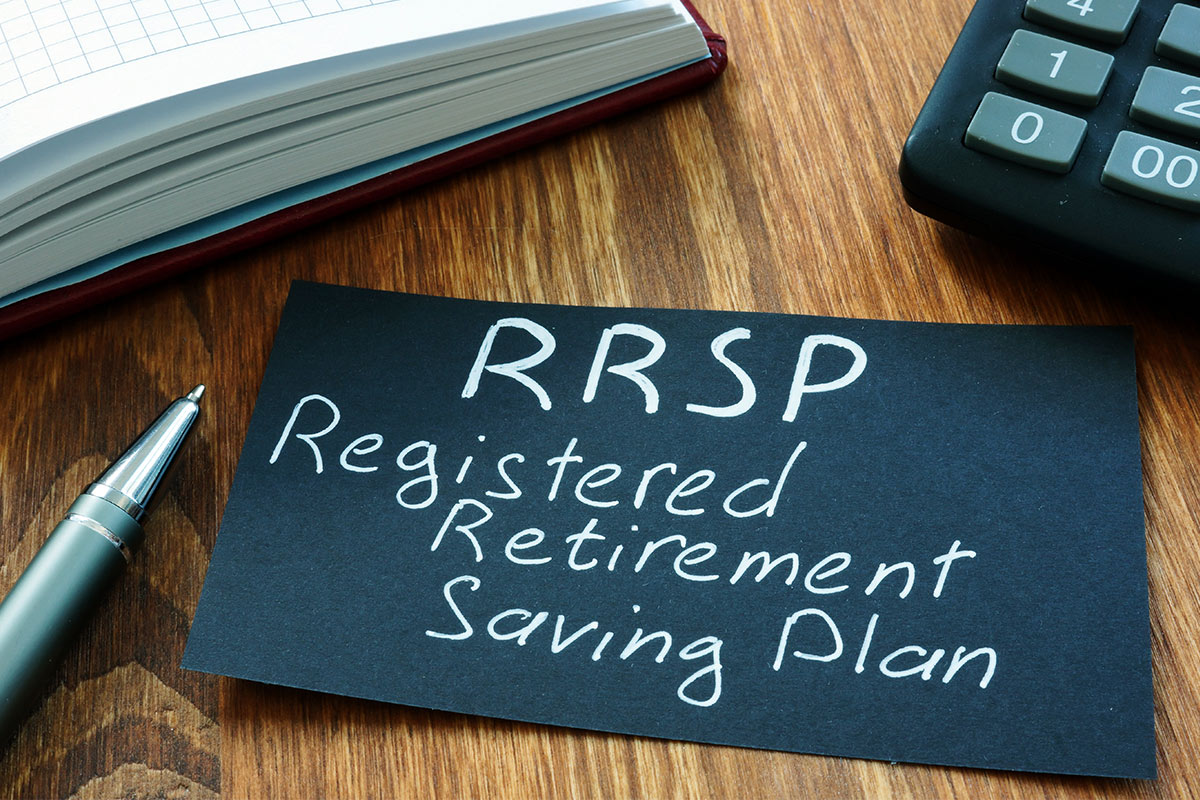
A Registered Retirement Savings Plan (RRSP) is a particular type of savings plan that you can use to save for your retirement.
This plan was created by the Canadian government as a sort of taxation “safe haven.” Essentially, it provides tax breaks to Canadians as a method to encourage them to save for retirement. Your RRSP does this by automatically qualifying any income you put into it as tax-deductible. Essentially, this means that you can reduce your end-of-year tax bill just by saving for retirement!
However, the plan can seem daunting at first glance. This article will guide you by going over what exactly an RRSP (Registered Retirement Savings Plan) is, how it works, and how you can set up your own.
Like we mentioned previously, RRSP is a type of savings plan that is registered with the Canadian government and functions to help you save for retirement. It also provides tax breaks to those who use it, effectively incentivizing Canadians to plan for their future.
Your RRSP holds part of your income that you contribute to it and invests that money into stocks and bonds, depending on your plan. Any money made from those investments is then held in your RRSP and is tax-deferred (meaning you don’t have to pay taxes on it) until you take it out!
However, the amount you’re allowed to contribute annually is limited by what is referred to as an MCA, or Maximum Contribution Amount. This amount for the RRSP is equal to $27,830 or 18% of your total yearly income in 2020, whichever is lesser. Additionally, if you don’t max out on your yearly contribution that year, the unused portion carries over into the following years.
For example, let’s say you make $60,000 in a year and you decide to put the maximum amount allowed into your RRSP—a total of $10,800. When tax time comes around, the CRA treats you as if you only had earned $49,200.
In essence, you pay no taxes on the income you have contributed to your RRSP until you withdraw your money.
Because of the limits on the amount that you can contribute to your RRSP annually, you’re probably wondering what happens if you exceed that limit.
First, you should know that the CRA is very forgiving when you go over your annual allotment. For the first $2,000, there’s no penalty at all, other than that contribution not being tax-deductible. After that, you’ll get a notice in the mail asking you to take out the extra money. If you don’t then you’ll be assessed a 1% on the excess for each month you’re over your allotment.
However, if you’ve made a mistake and it truly was an accident, then there are also ways to have this penalty forgiven.
Opening up your own RRSP involves shopping around for different plans and determining which one is the best for you. Then, head to a financial institution you select and bring with you two pieces of identification (one of which must be government-issued). Then, inquire about opening an RRSP!
If you have questions about RRSPs, would like help in opening one, or need advice as to which Registered Retirement Savings Plan is the right for you, contact one of our CPA experts at AP Accounting Solutions.
We’re dedicated to helping you plan for the future, and our certified expert accountants are always ready to help.